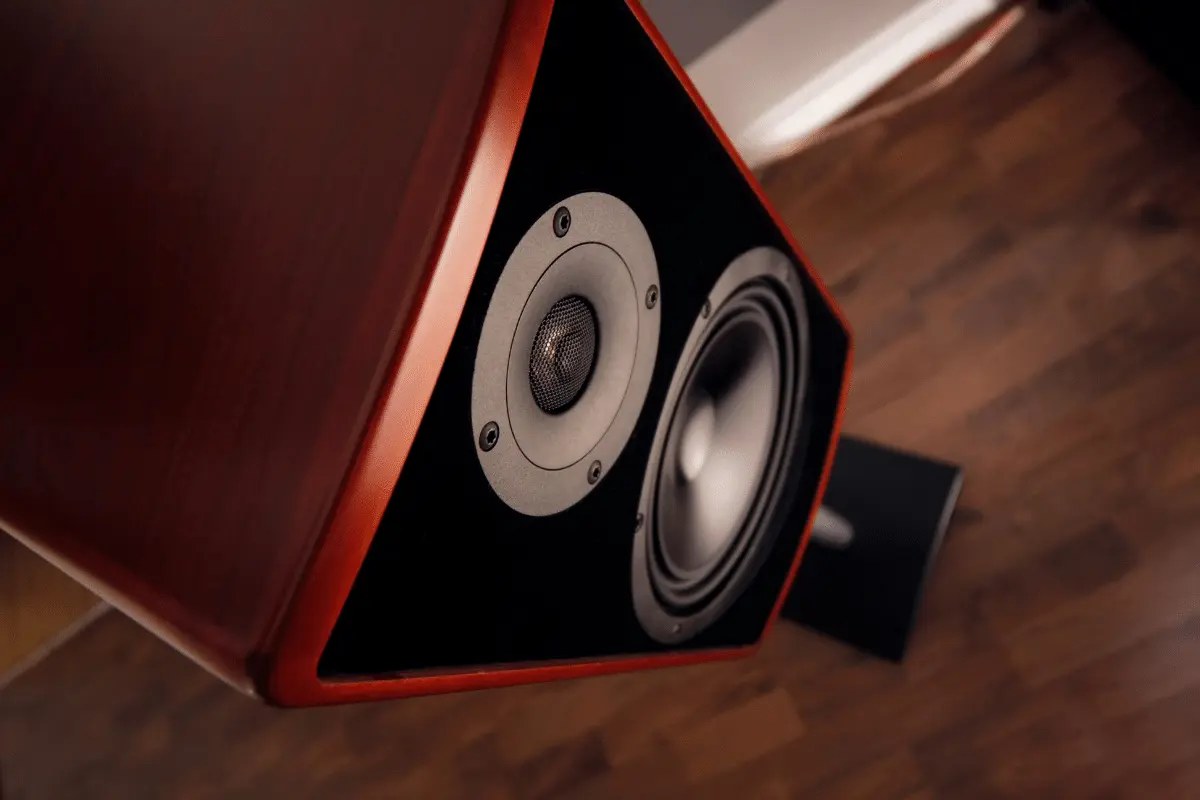Having good ears for music is a very important skill to have and there are a few steps you can take to train your ears to be an audiophile. These exercises will help you to hear the subtleties in the music and develop a solid foundation for your sonic appreciation.
Build your hearing foundation
Keeping your ears tuned can be a great way to boost your overall hearing. There are various methods that you can use to train your ears, including interval, melody, and scalular training. All of these methods will help you build a stronger foundation for your hearing.
Chord progression ear training
Having a musical ear is a big advantage when it comes to playing music. Training your ear will help you recognize chord changes, melodic tones, and other sounds. It will also help you learn songs more quickly and retain them.
In order to train your ear, you will need to listen actively. You will have to think about the genre of the song, the historical context, and what the tones and harmonies are expected to be. In addition, you will have to tune in to the lower, subtler instruments.
Using intervals to train your ear will help you hear chords and identify melodic tones. When you know the relative pitch of a note, you can easily identify a chord. In addition, you will be able to recall spaces between notes.
Melodic ear training
Whether you’re just starting out or are looking to improve your skills, melodic ear training is a great way to start building a hearing foundation. By listening actively, you’ll be able to notice melody, intervals, and harmony. This will help you understand the song better and create your own musical masterpiece.
Taking the time to train your ear is a rewarding experience. You’ll discover that playing music feels intuitive. You’ll also be able to communicate your ideas and translate them into real music. This is a skill that will serve you well on the stage, in the studio, and even in your everyday life.
If you’re not sure where to start, you can learn about intervals, chords, and riffs with Make Your Ears Awesome: Riffs and Melodies. This book takes you through 51 real songs, and teaches you how to figure out melodies and riffs by ear.
Interval ear training
Taking an active approach to ear training can help you to improve your listening skills. This is especially important for musicians, as it can lead to better improvising. It can also help you to understand the structure of a song, which in turn makes it easier for you to write it.
Interval ear training is a technique that helps you to identify musical intervals by ear. This is a valuable skill that can be used in improvisation, and can help you to identify melodic tones and chord changes. It is especially useful for people who are just starting out.
There are many different ways to train your ear. You can begin by practicing identifying simple melodies or riffs by ear. You can also play the Compressionist game to develop your skills.
Scalular ear training
Having a good ear is important for any musician. It can help you understand the lyrics of a song, identify the instrument that’s playing in the background, and even distinguish between the dominant alterations of a piece. It can also save you a lot of time when you’re writing music.
There are many ways to train your ears. For instance, you can try to learn the names of the notes on a musical scale. This will be a lot easier if you have examples of the notes that you know.
For example, if you play piano, you will be happy to know that you can find out what key a piece is in. That’s a simple task, and the practice will improve your listening ability.
Functional ear training
Having good ears is essential for anyone who plays music. Without this skill, the creative process can become dull, unmotivating, and exhausting. This is one of the main reasons many people abandon their projects prematurely.
Functional ear training is a way to build your hearing foundation. It teaches you how to recognize chord movements, intervals, and chord-tones in context. It also enables you to tune your live instruments.
The most important component of melodic ear training is the identification of the melody. This means that you have to know the scale degrees and the solfa syllables. You should also be able to recognize the intervals in your scale.
Relative pitch is a concept that is used by composers to understand the relative position of notes in a song. It’s also a key element in creating musical flow. This is especially important in improvising, as you need to connect the dots between ideas.
Hearing the audio subtlety
Having a great ear isn’t enough to get you to the next level, but if you can train it, you’ll be on the fast track to success.
Aside from the usual suspects like listening to good music and sleeping well, you’ll need to take the right steps to make sure your ears are at their best.
Fortunately, it doesn’t have to be a daunting task. There are several easy ways to improve your ear power. First, you should start by getting your brain to think about the nuances of your surroundings.
For instance, don’t listen to music in a noisy restaurant or at your office desk, and don’t wear headphones while driving.
Practice Active Listening
Whether you want to become an audiophile or simply love music, you can develop your musical ear through active listening.
A good listener will focus on the words being spoken, the melody, and the tone of the voice.
This practice will train your brain to produce vivid mental representations of music, and will help you understand the lyrics of songs.
During a song, different instruments take turns playing the melody. To develop an awareness of the melody, you need to listen to the music in full, and then ask yourself, “What is this?” This will allow you to identify what you’re hearing. Then, you can ask questions to find out more about the lyrics.
As you become more experienced at active listening, you’ll be able to better communicate with other people. This will lead to better connections and more effective collaboration.
If you’re new to the concept of active listening, you can start with basic exercises such as listening to one instrument through the entire song. Then, you can use this as a basis for other exercises, such as improvising a piece of music.
Another way to improve your listening skills is to get a group together for an exercise. This will help you get feedback from colleagues, and will give you an opportunity to practice your skills.
During an active listening exercise, you will be asked to paraphrase the words that you hear. This is important because it helps you to make sure that you understand the speaker’s meaning. You can also clarify the paraphrased words to make sure that the person you’re listening to understands them.
This is an exercise that can be challenging for some people. To get started, you can choose a familiar song. Then, you can stand near the center of the room.
5 Ear Training Audiophile Exercises
Whether you’re into music or a more tech savvy type, there are several ear training exercises that will improve your listening experience.
The best part is that it’s all free. You can start with a simple record player and turntable and progress to a high-end, high-fidelity sound system.
Having the right equipment in the right room can make or break your aural experience. So take the time to get yourself set up.
Having an inexpensive record player is a good way to save some cash before you upgrade to a higher fidelity turntable.
You’ll need to do some legwork to find the best source. This means that you may have to go to the record store or spend some time browsing the web.
If you want to find out what the best audiophile headphones are, you’ll need to do some research. For example, you’ll want to read up on what constitutes a good sounding amplifier. Once you’ve identified your favorite sound quality, you can optimize your equipment to make it even better.
This might be a stretch for the average joe, but it’s something that many audiophiles are willing to do to savor the best sounds. You can also check out audiophile magazines for more ideas on how to improve your listening experience.
This is especially true if you’re considering upgrading your stereo or home theater system. For instance, if you have a subwoofer, you’ll want to check out your room acoustics. This will allow you to find the best sounding speakers for your buck.
The most obvious choice would be to purchase an audio EQ training software. You’ll have to do some reading to figure out what the software is capable of, but once you’ve installed the software, you’ll be amazed at what it can do.





Leave a Reply
You must be logged in to post a comment.